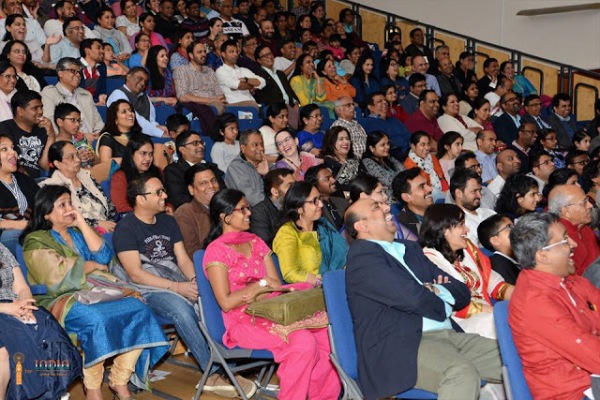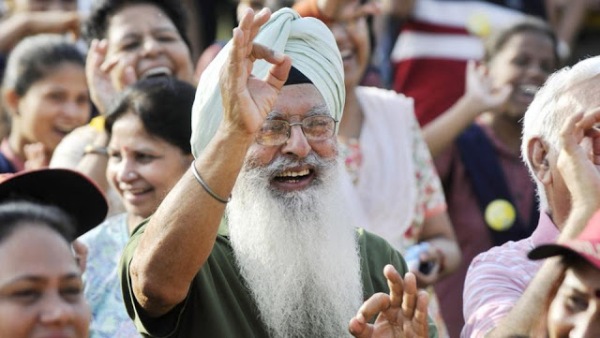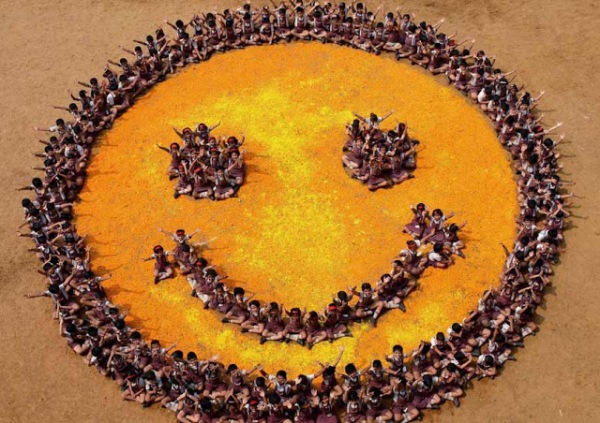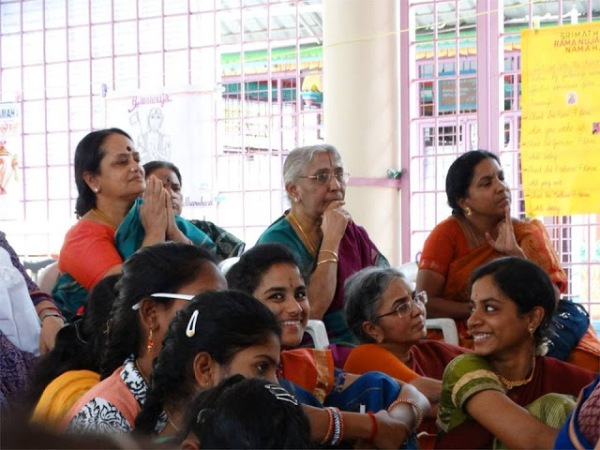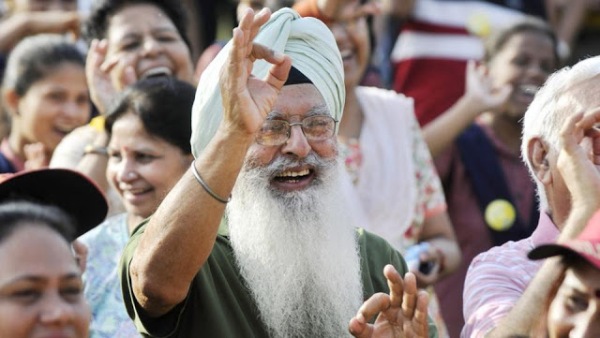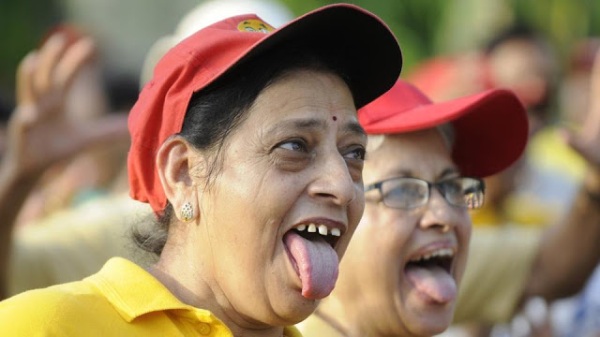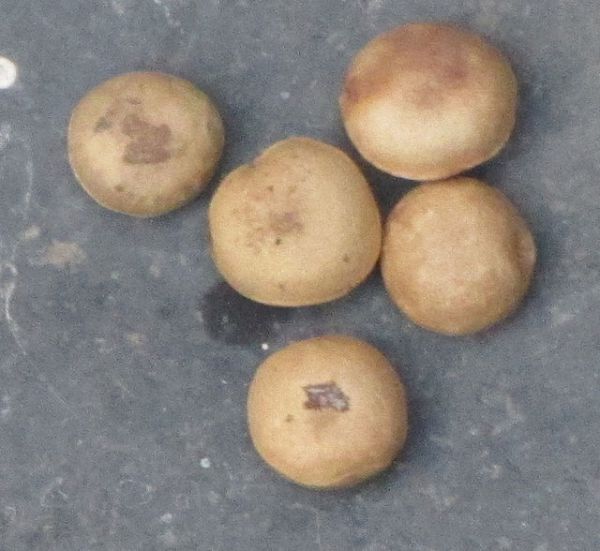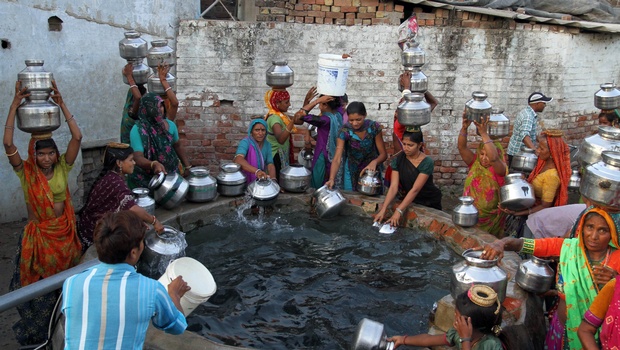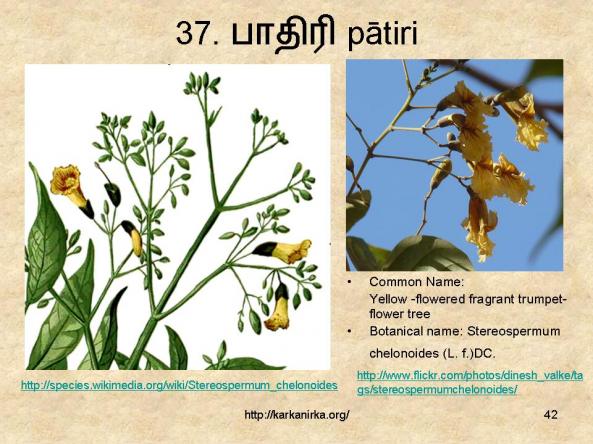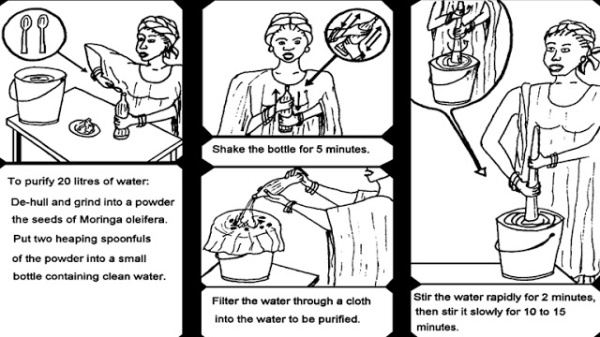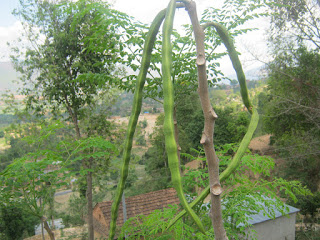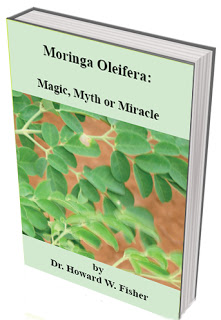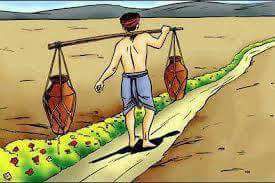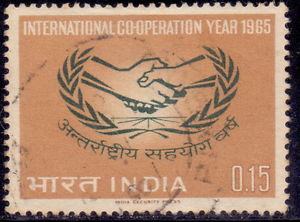
Written by London Swaminathan
Date: 25 May 2017
Time uploaded in London: 18-06
Post No. 3941
Pictures are taken from various sources such as Face book, Wikipedia and newspapers; thanks.
contact: swami_48@yahoo.com
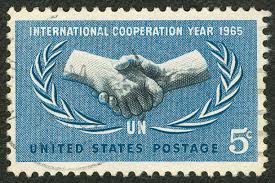
நட்புறவு பற்றிப் பேசுவது வள்ளுவனுக்கு மிகவும் பிடித்த விஷயம். சுமார் 70, 80 குறள்களில் நல்லவர் தொடர்பு, பெரியோர் நட்பு, தீயோர் நட்பு என்று பல தலைப்புகளில் பொழிந்து தள்ளிவிட்டார். இதற்கு இணையான அளவுக்கு நட்புறவு பற்றி பஞ்ச தந்திரக் கதைகளில் சம்ஸ்கிருதத்தில் ஸ்லோகங்கள் உள்ளன. காளிதாசன் ஒரு சில உவமைகளை நட்புறவுக்கு ஒதுக்கினாலும் அவை எல்லாம் அருமையான உவமைக ளாக உள்ளன. வள்ளுவனையும் காளிதாசனையும் ஒப்பிடுவது சாலப் பொருந்தும்.
காளிதாசனுடைய புகழ்பெற்ற ஏழு நூல்களில் ஒன்று ருது சம்ஹாரம். இதில் ஆறு பருவங்களில் என்ன என்ன நிகழ்கிறது என்று வருணிக்கிறான். வேதத்தில் ஆறு பருவங்கள்
இருப்பதையும் அதை சங்கத் தமிழ் நூல்கள் அப்படியே கூறுவதையும் முன்னொரு ஆராய்ச்சிக் கட்டுரையில் தந்துள்ளேன். கோடைப் பருவத்தில் என்ன நடக்கிறது என்பதை ருது சம்ஹாரம் நூலில் வருணிக்கும் காளிதாசன் பின்வருமாறு சொல்லுவான்:
உடலைத் தகிக்க வைக்கும் கடும் கோடைச் சூட்டில், காட்டு யானைகளும், காட்டு எருமைகளும், சிங்கங்களும், அவற்றின் இயற்கையான பகைமையை விட்டுவிட்டு தீப்பற்றி எரியும் புல்வெளிகளில் இருந்து வெளியே ஓடிவந்து நண்பர்கள் போல ஒரு கூட்டமாக நிற்கின்றனவாம்.
எங்கே? சலசலத்து ஓடும் ஆற்றின் கரைகளில்! (ருது சம்ஹாரம் 1-27)
முனிவர்கள் வசிக்கும் இடங்களிலும் நியாயமான அரசு நடத்தும் மன்னர்களின் நாட்டிலும் “புலிப்போத்தும் புல்வாயும் (மான்) ஒருதுறையில் நீருண்ணும்” என்பதை நாம் கம்பன், காளிதாசனில் படித்தோம். இங்கோ காட்டூத்தீ, கோடை வெப்பம் என்னும் பகைவனுக்கு எதிராக காட்டு விலங்குகள் கூட்டணி அமைத்த காட்சியைக் காண்கிறோம்.
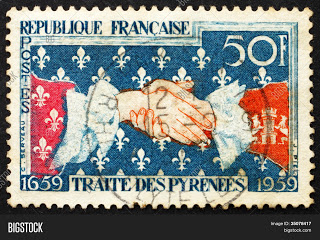
இது உண்மையும் கூட! டெலிவிஷன்களில் வரும் இயற்கை பற்றிய டாகுமெண்டரிகளைப் பார்த்தவர்களுக்கு இது இன்னும் நன்றாக விளங்கும். காட்டுத் தீ, பெரிய வெள்ளம், வறண்ட கோடை ஆகிய காலங்களில் காட்டு விலங்குகள் ஒன்றை ஒன்று தாக்குவதை நிறுத்திவிட்டு அனைத்தும் பாதுகாப்பாக இருப்பதையே பாராட்டுகின்றன.
தீய நண்பனை உதறிவிட்டு எப்படி ஓட வேண்டும் என்று காளிதாசன் சொல்கிறான்:
பாம்பு கடித்த விரலை — விஷம் பாய்ந்த விரலை — எப்படி வெட்டித் தூக்கிப் போடுகிறோமோ அப்படி தீய நண்பர்களைத் தூக்கி எறியுங்கள் .ஆனால் ஒரு நல்லவன், நமக்கு நண்பனாக இல்லாவிடிலும் அவனை மருந்து போல ஏற்கவேண்டும். எப்படிக் கசப்பான மருந்து ஒரு நோயாளிக்குப் பிடிக்காவிடிலும் கொடுக்கிறோமோ அப்படி நல்லவன் ஒருவன் நம்மைப் பாராமுகமாக இருந்தாலும் அவனை வலிய ஏற்றுக் கொள்ள வேண்டும் என்பது காளிதாசனின் புத்திமதி (ரகு வம்சம் 1-28)
இதை வள்ளுவன் சொல்லுவதோடு ஒப்பிடுவோம்:-
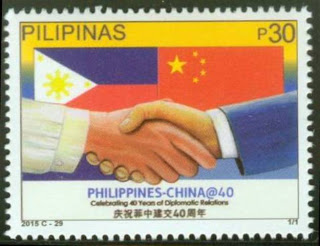
தீயவனாக இருந்தால், நண்பனை பாம்பு கடித்த விஷ விரலை வெட்டி எறிவது போல எறி என்றான் காளிதாசன். நல்ல நண்பனாக இருந்தால் எல்லோருக்கும் முன்னிலையில் ஆடை நழுவி விழுந்தால் கண் இமைக்கும் நேரத்தில் நம் கைகள் எப்படி ஆடையைப் பிடித்து நிறுத்தி நம் மானத்தைக் காப்பாற்றுகிறதோ அப்படி காப்பாற்றுபவனே – ஆபத்து வரும் நேரத்தில் – அப்படிக் காப்பற்றுபவனே நண்பன் என்பான் வள்ளுவன்.
உடுக்கை இழந்தவன் கை போல ஆங்கே
இடுக்கண் களைவதாம் நட்பு (குறள் 788)
இரண்டு உவமைகளிலும் உள்ள விரைவு – வேகம்– நம்மை வியக்க வைக்கிறது. விரலை வெட்டி எறிவதையும் விஷம் பரவும் முன்னே செய்ய வேண்டும். நழுவிய ஆடையை மானம் போவதற்குள் பிடிக்க வேண்டும்!
இன்னொரு குறளில் தீய நன்பர்களைத் திருடர்களுக்கும் விலைமாதர்களுக்கும் ஒப்பிடுவான் வள்ளுவன்:-
உறுவது சீர்தூக்கும் நட்பும் பெறுவது
கொள்வாரும் கள்வரும் நேர் (குறள் 813)
தமக்கு என்ன கிடைக்கும் என்று நட்பினை அளந்து பார்ப்பவனும், பொருட்பெண்டிரும் (விலைமாதர்), திருடர்களும் சமம்!
இரண்டு கவிஞர்களும் தரும் உவமைகளில் உள்ள வேகமும் அழுத்தமும் நன்கு ரசித்து, ருசித்து, அசைபோட்டுப் படிக்க வேண்டிய விஷயம்!
–subham–


